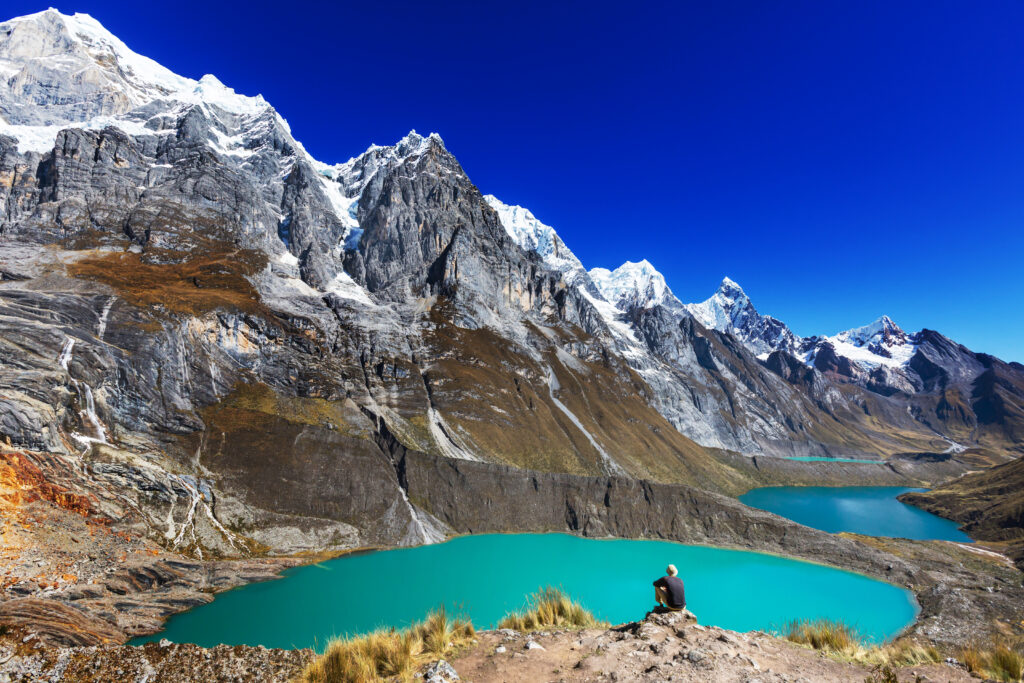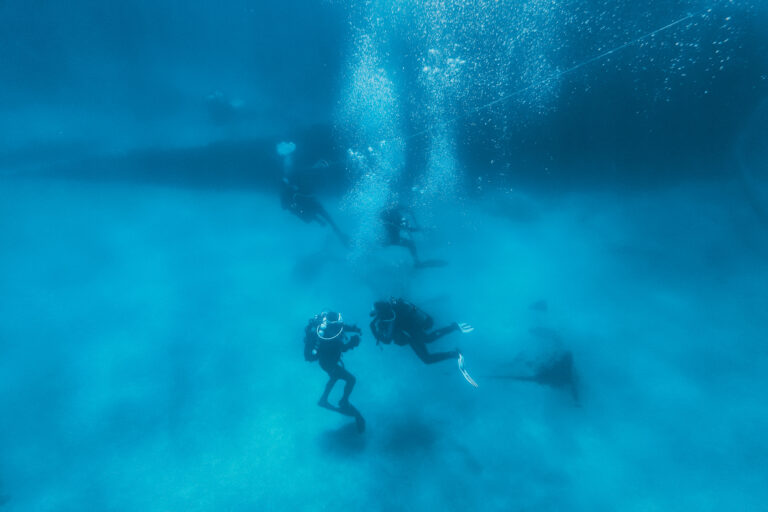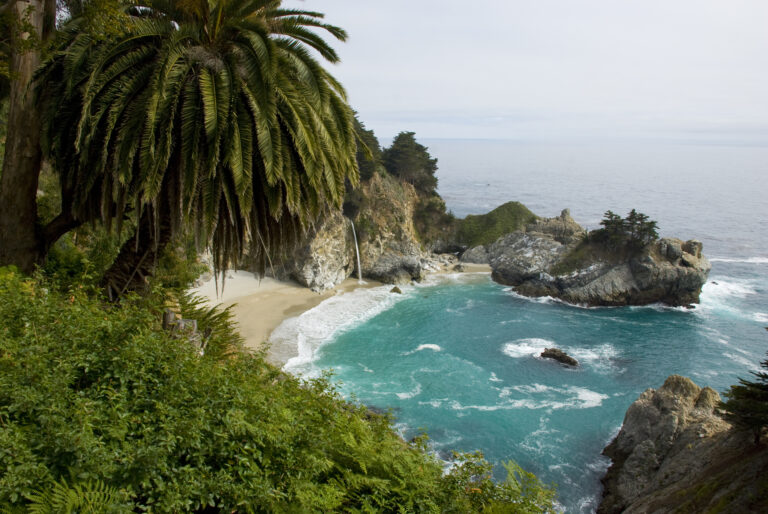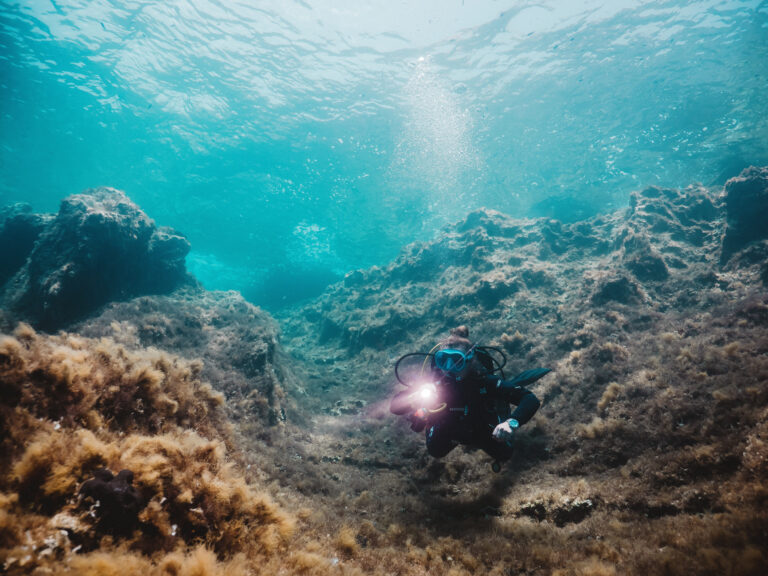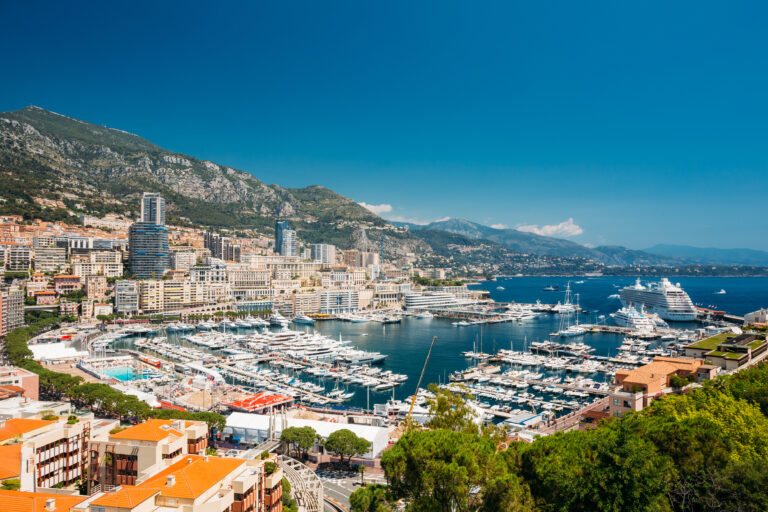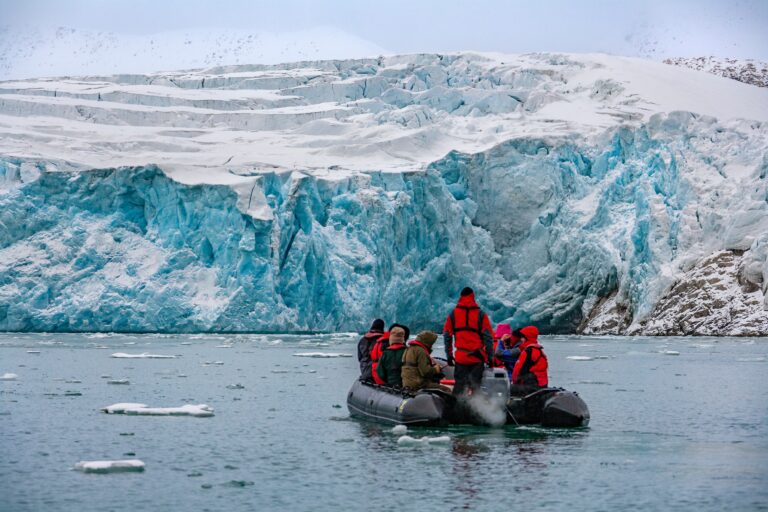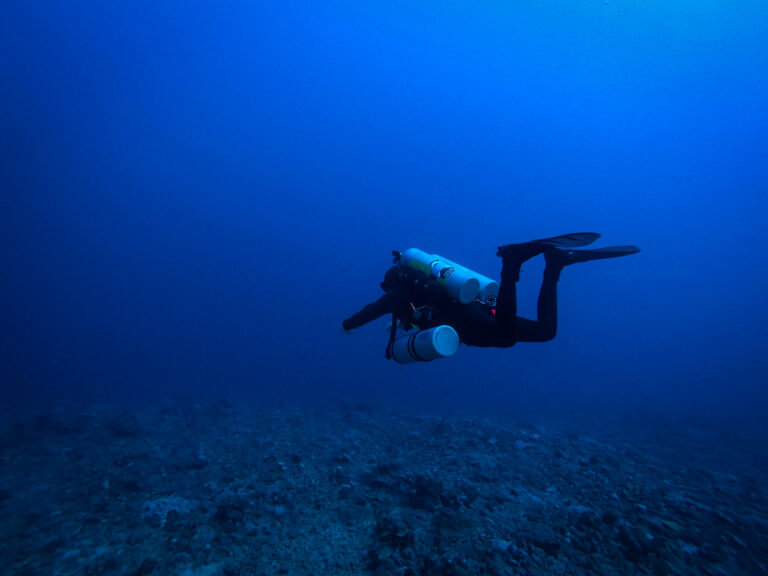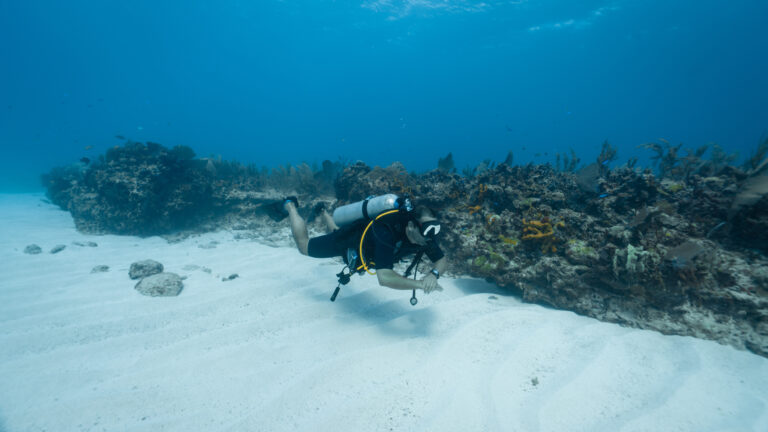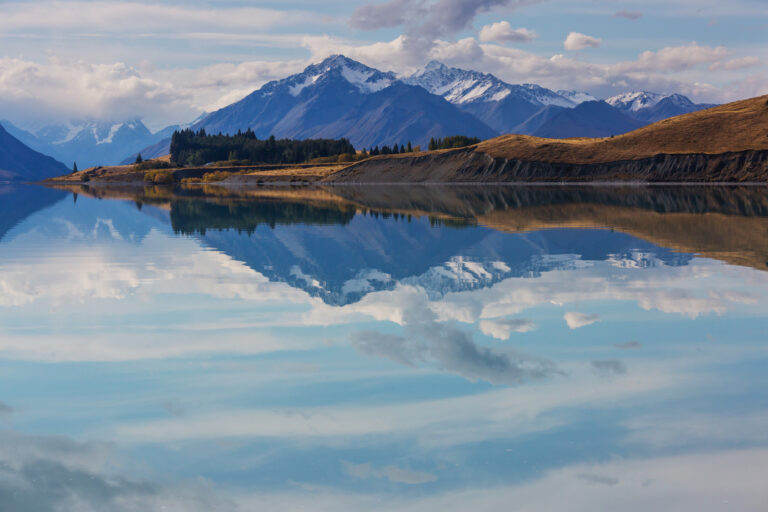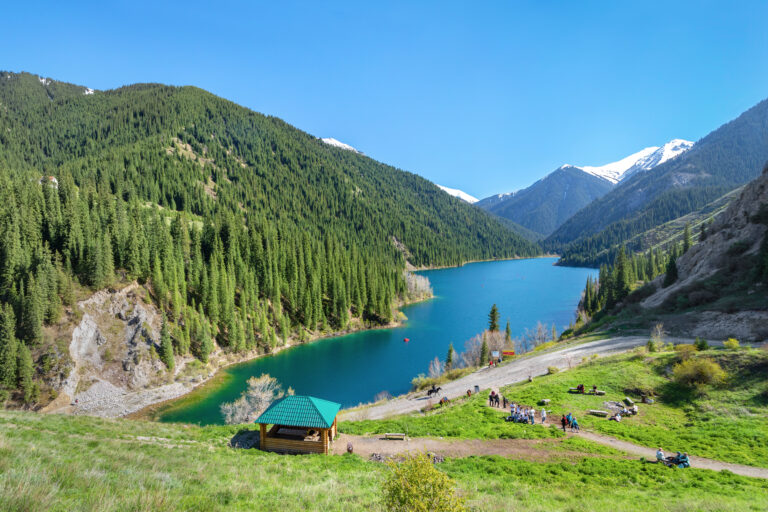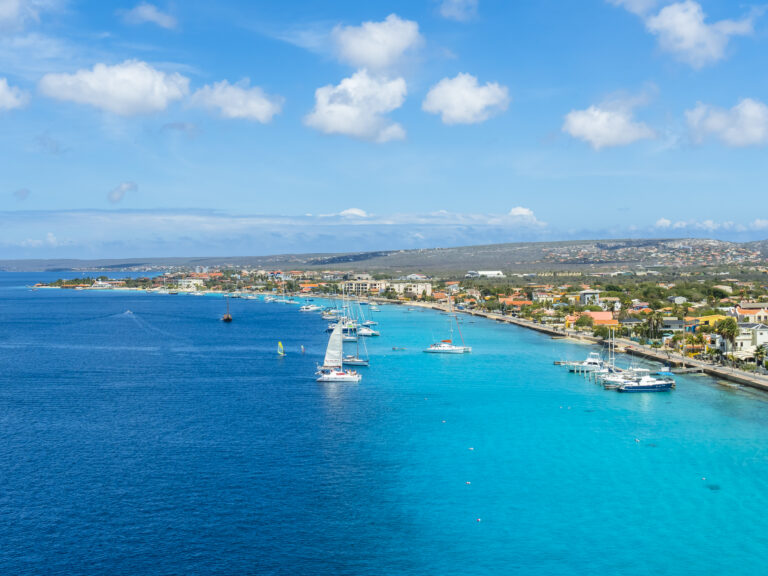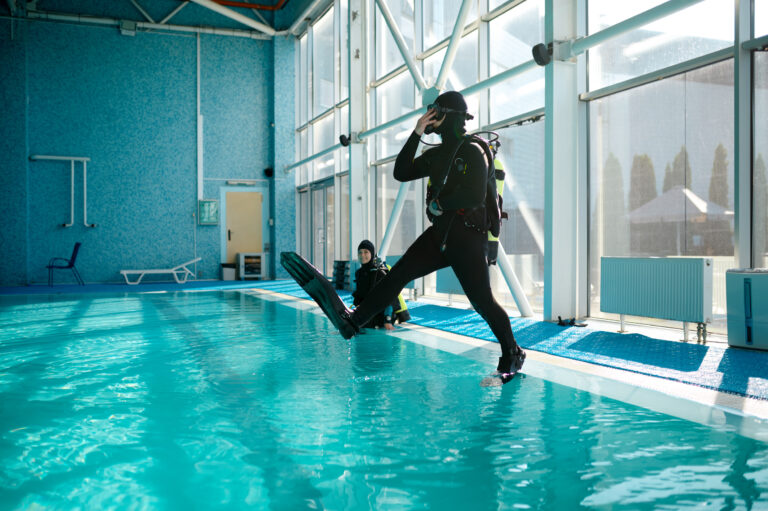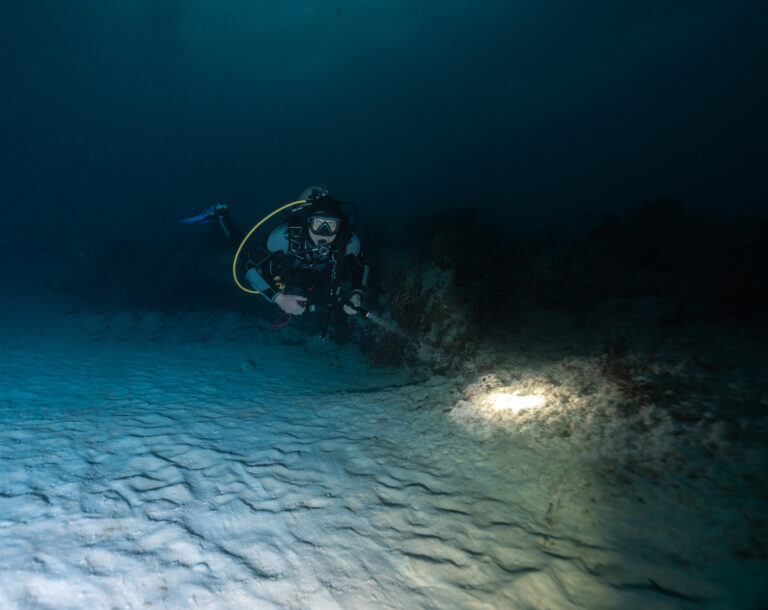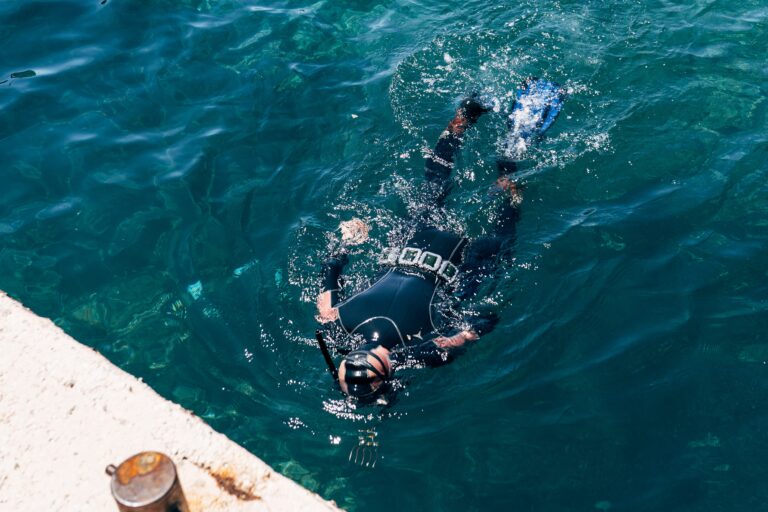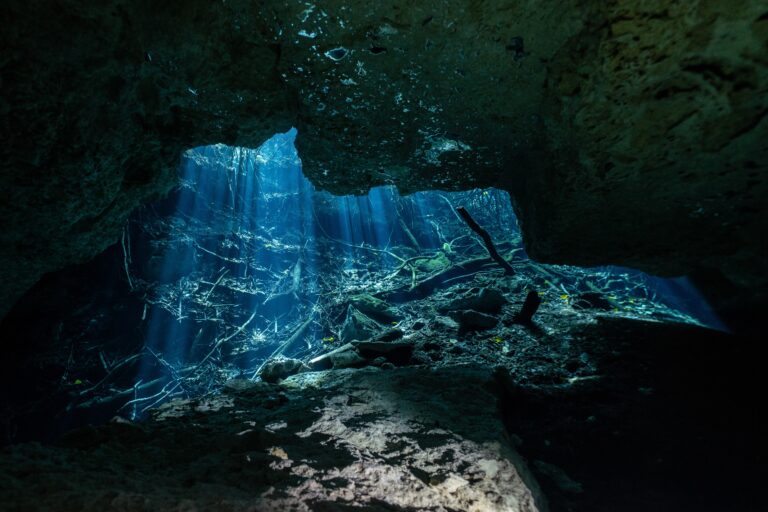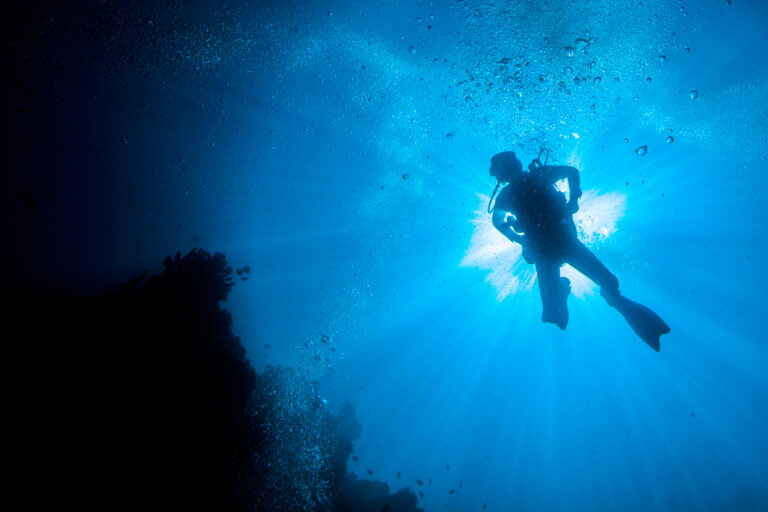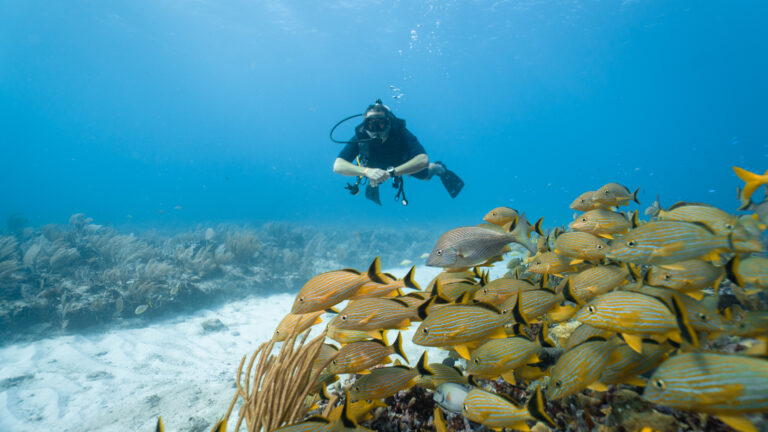SCUBA DIVERS’ TRAVEL GUIDE TO Peru
Peru is a paradise for scuba divers, who can explore the rich marine life and stunning underwater landscapes of the Pacific coast. Whether you are looking for coral reefs, shipwrecks, caves, or pelagic encounters, Peru has something for every diver. You can dive with sea lions, penguins, turtles, dolphins, whales, and even hammerhead sharks. You can also witness the effects of the Humboldt Current, which brings cold water and nutrients to the region, creating a unique ecosystem. Peru is more than just a diving destination. It is a cultural and historical adventure that will leave you breathless.
LOCATION AND GEOGRAPHY
Peru, a country etched with a rich tapestry of diverse landscapes, extends its majestic geography along the western edge of South America, bordered by Ecuador, Colombia, Brazil, Bolivia, and Chile. The Peruvian coastline stretches over 2,400 kilometers along the Pacific Ocean, offering a unique underwater experience influenced by the cold Humboldt Current. This current fosters a vibrant marine ecosystem, particularly notable for its nutrient-rich waters that attract a plethora of marine life. Scuba diving in Peru is largely concentrated around the northern regions such as Tumbes and Piura, where the water is warmer, and near the Paracas National Reserve in the south, known for its remarkable biodiversity. The underwater topography is as varied as the land above, with divers exploring everything from sandy bottoms and kelp forests to rocky reefs and submerged remnants of ancient civilizations. Peru’s coastal waters are less traveled compared to Caribbean or Pacific island destinations, providing a sense of discovery and adventure for divers seeking the road less dived.
VISA AND ENTRY REQUIREMENTS
Before embarking on your underwater adventure to explore the marine wonders of Peru, it is essential to ensure that your travel documents are in order. Most travelers entering Peru for tourism purposes, including scuba diving, do not require a visa if they are citizens of the Americas, the European Union, and several other countries, and can stay for up to 183 days. However, the exact duration of visa-free entry can vary and is determined by immigration officials upon arrival. It is crucial to have a passport valid for at least six months beyond your planned departure date from Peru. Upon entry, you will receive a Tarjeta Andina de Migración (Andean Migration Card), which you must keep safe as it is required when checking into hotels and leaving the country. Always check the latest visa and entry requirements with the Peruvian consulate or embassy in your home country before your trip, as regulations can change. Additionally, ensure that you have proof of onward or return travel, as immigration officials may request it upon your arrival in Peru.
GETTING TO Peru
Getting to Peru for an unforgettable scuba diving adventure is a journey that promises both cultural enrichment and underwater exploration. International travelers typically fly into Jorge Chávez International Airport in Lima, the nation’s bustling capital, which is serviced by a range of airlines from across the globe. From Lima, connecting flights to coastal cities such as Tumbes or Pisco can be taken for those looking to dive in the Pacific waters off Peru’s long coastline. Overland travel is also an option, with bus services and car rentals available for a scenic route along the Pan-American Highway, offering stunning views of the Peruvian landscape. Once in the coastal regions, dive operators and local tours can be easily found to facilitate your aquatic excursions to experience Peru’s unique marine biodiversity, including the chance to swim among sea lions, observe a variety of fish species, and explore the remnants of ancient underwater ruins.
BEST TIME TO DIVE
The best time to scuba dive in Peru is during the Southern Hemisphere’s summer months, from December to April, when the Pacific Ocean’s waters are at their warmest and calmest, offering clearer visibility and a more comfortable diving experience. During this period, the water temperature can range from 18°C to 24°C (64°F to 75°F), which is relatively mild and suitable for most divers. Visibility can extend up to 15-20 meters (50-65 feet), allowing divers to fully appreciate Peru’s unique underwater landscapes and the rich biodiversity of the Humboldt Current. It’s also the ideal season to encounter a variety of marine life, including sea lions, turtles, and a plethora of fish species. While diving is possible year-round, the winter months (May to November) bring colder waters and reduced visibility due to plankton blooms, which, despite being less comfortable, provide a feast for marine life, making it an interesting time for those interested in observing feeding behaviors.
ACCOMMODATION OPTIONS
Accommodation options for scuba divers in Peru cater to a range of preferences, from the budget-conscious backpacker to the luxury-seeking traveler. In diving hotspots like Paracas, divers can find hostels and guesthouses offering basic amenities and gear storage, often with on-site dive centers for added convenience. Mid-range hotels and boutique lodges are also available, providing comfortable rooms and services such as equipment rentals and guided dive excursions to the nearby Ballestas Islands and other underwater marvels. For those looking for a touch of luxury, upscale resorts in areas like Punta Sal offer plush accommodations with stunning ocean views, on-site spas, and gourmet dining, ensuring a restful retreat after a day exploring Peru’s rich marine life. Regardless of where you choose to stay, the warm hospitality and local charm will enhance your scuba diving adventure in Peru’s vibrant underwater world.
DIVE OPERATORS AND DIVE SHOPS
Peru, with its extensive coastline along the Pacific Ocean, offers a unique scuba diving experience that is often overshadowed by its more famous terrestrial attractions. Dive operators and shops in Peru are concentrated in areas like Pisco, Paracas, and the capital city of Lima, where the Humboldt Current brings a rich diversity of marine life. These establishments cater to divers of all levels, offering PADI and SSI certifications, as well as guided dives to explore the underwater kelp forests, intriguing cold-water corals, and remnants of ancient shipwrecks. The shops typically provide full gear rental services, ensuring that divers can travel light. Experienced dive operators in Peru are well-versed in the local conditions and can lead you to the best spots where you might encounter sea lions, Humboldt penguins, and a myriad of fish species. It’s essential to choose a reputable dive shop that prioritizes safety and environmental responsibility, as the Peruvian waters are as delicate as they are beautiful. Always check for up-to-date certifications and customer reviews before booking your underwater adventure in this less-traveled diving gem.
TRANSPORTATION WITHIN Peru
Transportation within Peru offers a variety of options to access its diverse scuba diving locations, ranging from the cold-water kelp forests of the Pacific to the tropical biodiversity of the northern coasts. For long distances, domestic flights connect major cities like Lima, Cusco, and Arequipa, with the coastal city of Pisco serving as a gateway to the Paracas National Reserve’s underwater adventures. Bus travel is a popular and economical choice, with comfortable and reliable services reaching coastal towns such as Máncora, where divers can explore the warm waters and vibrant marine life. For more remote dive sites, renting a car or hiring a private transfer can provide the flexibility to travel at your own pace and make stops along the scenic coast. In coastal areas, boat charters are essential for reaching the best dive spots, and local operators are readily available to transport divers to prime locations, including the famed Islas Ballestas, where the Humboldt Current brings a rich upwelling of nutrients, supporting a thriving underwater ecosystem. Always ensure that your chosen mode of transport is reputable and safety-conscious, especially when carrying valuable and sensitive scuba gear.
CURRENCY AND PAYMENT METHODS
When traveling to Peru for scuba diving adventures, it’s important to understand the local currency and payment methods to ensure a smooth experience. The Peruvian Nuevo Sol (PEN), often simply referred to as the “sol,” is the official currency, and it’s advisable to have a supply of local cash on hand for small purchases, tips, and transactions in remote areas where electronic payments may not be accepted. While major cities and tourist destinations like Lima or Cusco will readily accept credit and debit cards, especially Visa and Mastercard, in more off-the-beaten-path diving locations, such as those near Paracas or the seldom-explored northern coasts, cash is king. ATMs are widely available in urban centers, but can be scarce in rural or isolated regions. It’s also worth noting that some diving operators may charge an additional fee for card transactions, so it’s prudent to inquire about payment preferences when booking your dives. Always inform your bank of your travel plans to avoid any issues with card usage abroad, and consider exchanging some currency prior to arrival or at the airport for convenience.
LANGUAGE AND COMMUNICATION
When embarking on a scuba diving adventure in Peru, it’s important to note that Spanish is the official language, and a basic understanding will greatly enhance your experience both above and below the water. While dive operators and guides in popular coastal areas and tourist spots may speak English, communication can be more challenging in remote locations. It’s advisable to learn key phrases related to diving and general travel to facilitate smoother interactions. Hand signals used underwater are universal among divers, but it’s always beneficial to review these with your dive guide to ensure clarity during your underwater excursions. Additionally, understanding local terms for marine life and equipment can enrich your diving conversations and help in building rapport with the local diving community. Carrying a waterproof dive slate or using a dive computer with a messaging function can also aid in communication with your dive buddy when verbal explanations are not possible.
LOCAL CULTURE AND ATTRACTIONS
Peru, a land steeped in ancient history and vibrant culture, offers scuba divers a unique blend of underwater exploration and terrestrial wonders. After delving into the Pacific’s depths to witness the rich marine biodiversity, including the enigmatic sea lions of the Palomino Islands and the stunning underwater landscapes off the coast of Pisco, divers can immerse themselves in the local culture by visiting the bustling markets filled with colorful textiles and handcrafted goods. The country’s gastronomic heritage, with its fusion of indigenous and Spanish influences, promises a tantalizing array of flavors, from the freshness of ceviche to the heartiness of lomo saltado. Beyond the coastal experiences, the attractions extend to the awe-inspiring ruins of Machu Picchu, the mysterious Nazca Lines, and the colonial charm of cities like Arequipa and Cusco, where the echoes of the Inca civilization resonate amidst the cobblestone streets and the warmth of the Peruvian people. Whether it’s participating in traditional festivals, such as Inti Raymi, or simply enjoying a Pisco sour as the sun sets over the Pacific, Peru’s local culture and attractions provide a rich tapestry that enhances the scuba diving adventure with unforgettable memories.
CULTURAL ETIQUETTE AND TIPS
When scuba diving in Peru, it’s essential to approach the experience with cultural sensitivity and respect for the local customs. Peruvians are known for their warm hospitality, but it’s important to greet them politely using common phrases like “Buenos días” (Good morning) or “Hola” (Hello). When engaging with local dive operators or communities, a modest and courteous demeanor is appreciated. It’s customary to tip service providers, including dive guides and boat crews, with 10-15% being the norm for satisfactory service. Environmental conservation is highly valued, so ensure you adhere to all guidelines to protect marine life and historical underwater sites, especially when diving near precious ruins or heritage sites like those off the coast near the Callao region. Additionally, be aware of local fishing practices and restricted areas to avoid inadvertently causing offense or breaking laws. Learning a few key phrases in Spanish can go a long way in showing respect and enhancing your interactions with the local diving community in Peru.
LOCAL LAWS AND REGULATIONS RELEVANT TO TOURISTS
When planning a scuba diving trip to Peru, it is crucial to familiarize yourself with the local laws and regulations to ensure a safe and lawful experience. Peru’s rich marine ecosystems are protected under various environmental laws, and diving activities are regulated to preserve the underwater heritage. Tourists must dive with certified operators who adhere to the Peruvian regulations, such as those governing the distance from protected marine areas and the prohibition of touching or removing marine life. It is illegal to collect coral, shells, or any other marine organisms, whether dead or alive. Diving in archeological underwater sites, such as those found in Lake Titicaca, requires special permits and is often restricted to research purposes. Additionally, divers should be aware of the regulations regarding the use of dive flags and the maximum allowed group sizes to minimize environmental impact. Always check for the latest updates on local diving regulations and marine protected areas before your trip, as these can change and may vary depending on the specific region of Peru you plan to visit.
SAFETY TIPS AND EMERGENCY CONTACTS
When planning a scuba diving trip to Peru, safety should be your top priority. Before embarking on your underwater adventure, ensure that you are well-acquainted with the local diving conditions, including water temperature, currents, and visibility. Always dive within your certification limits and consider hiring a local guide who knows the area’s specific challenges and points of interest. It is crucial to check your equipment thoroughly and carry a dive computer, a surface marker buoy, and a whistle for emergencies. Familiarize yourself with the emergency ascent procedures and never hold your breath while ascending. In case of an emergency, it is vital to have the contact information for the nearest hyperbaric chamber, which in Peru can be found in the capital, Lima, at the Centro Hiperbárico del Pacífico. Additionally, keep the contact details of DAN (Divers Alert Network) handy, as they offer emergency medical advice and assistance for divers. Always dive with a buddy, and make sure someone on land knows your dive plan and expected return time. By following these safety tips and having the necessary emergency contacts, you can help ensure a safe and enjoyable diving experience in the beautiful waters of Peru.
HEALTH AND TRAVEL INSURANCE
When planning a scuba diving trip to Peru, it’s crucial to consider your health and travel insurance options carefully. The country’s diverse underwater landscapes, including the cold-water kelp forests of the Pacific and the marine-rich waters near the Paracas National Reserve, offer thrilling experiences for divers, but they also come with inherent risks. Ensure that your travel insurance policy includes comprehensive coverage for scuba diving activities, as well as potential hyperbaric treatment in case of decompression sickness. It’s also wise to check that your policy covers medical evacuation, as some of the best diving spots may be remote and not immediately accessible to advanced medical facilities. Given that altitude sickness can be a concern when traveling to high-altitude Peruvian cities like Cusco, your insurance should also cover non-diving related health issues. Always carry proof of insurance with you and familiarize yourself with the steps to take should you need to activate your coverage while in Peru.

